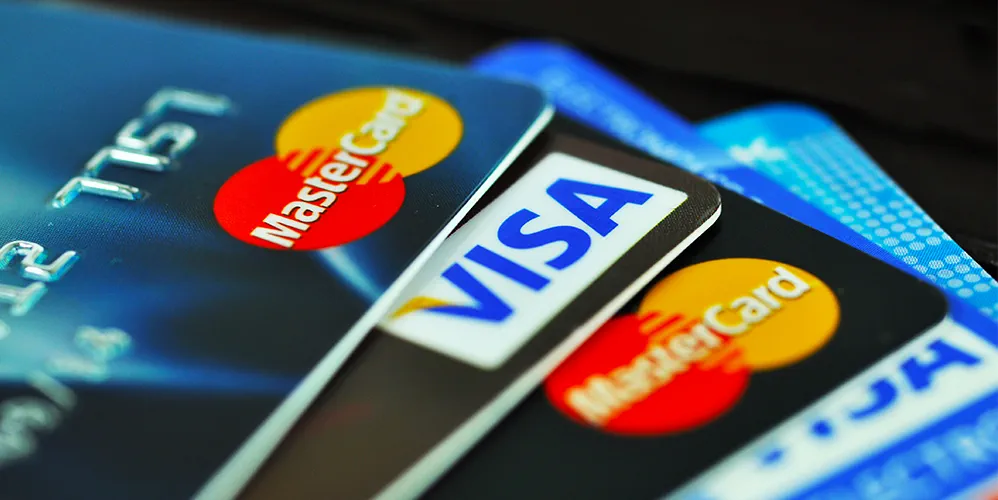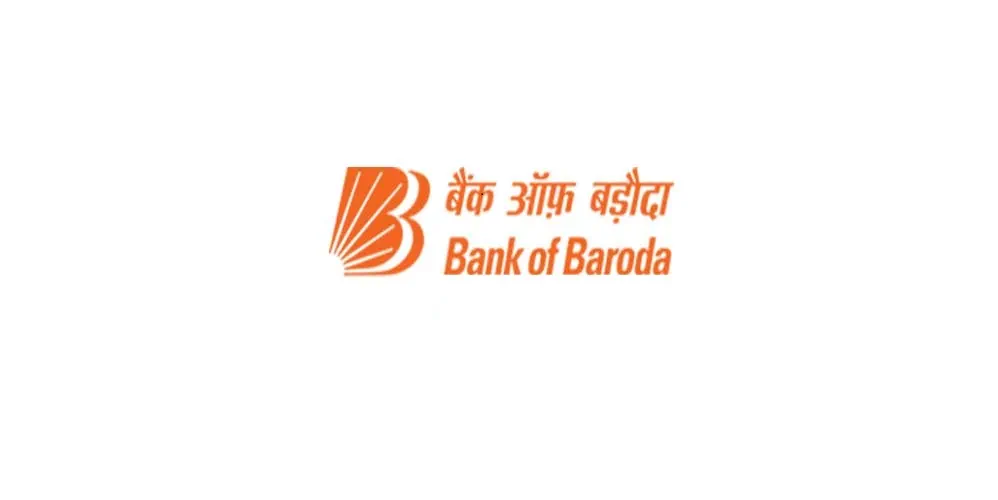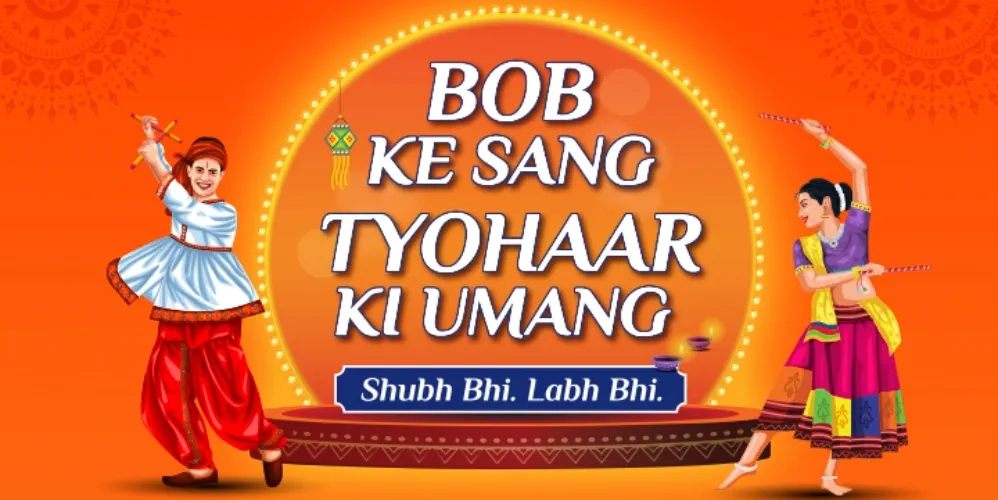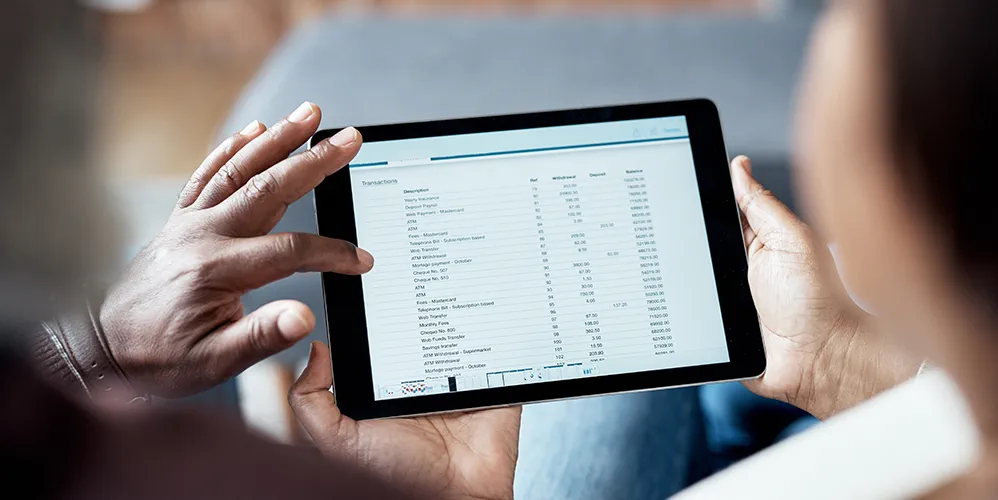
Difference Between Visa and Mastercard: Which One is Right for You?
14 Aug 2024

Table of Content
Introduction
When it comes to choosing a debit, credit or prepaid card, one of the most common questions is, "Visa card vs Mastercard: which one is better?" Both Visa and Mastercard are widely recognized and accepted worldwide, but there are differences between the two that may influence your decision. This guide will explore these differences, helping you understand which card might be better suited to your needs.
What is a Visa Card?
Visa is a global payments technology company that facilitates electronic funds transfers worldwide, most commonly through Visa-branded credit cards, debit cards, and prepaid cards. Visa cards are accepted at millions of locations around the globe, making them a convenient option for both domestic and international transactions.
Visa cards are known for their robust security features, including fraud protection and zero liability for unauthorized transactions. The company's vast network ensures that cardholders have access to various benefits and rewards, such as cashback, travel perks, and discounts on purchases. Understanding the difference between Visa and Mastercard is crucial for making an informed decision about which card to choose.
What is a Mastercard?
Mastercard is another global payments technology company that connects consumers, financial institutions, merchants, governments, and businesses worldwide, enabling electronic payments. Like Visa, Mastercard offers credit, debit, and prepaid cards that are accepted globally.
Mastercard is renowned for its innovative payment solutions and technologies, including contactless payments and advanced security measures. The company offers a wide range of benefits and rewards to its cardholders, similar to Visa. Comparing which is better Visa or Mastercard depends on individual preferences and the specific features and perks offered by each card issuer.
Difference Between Visa and Mastercard
While Visa and Mastercard are similar in many ways, several key differences might influence your choice. Here's a detailed comparison based on various factors:
Payment Network Basics Both Visa and Mastercard operate extensive payment networks, ensuring that their cards are accepted at millions of locations worldwide. They provide the infrastructure for processing transactions, but the terms, benefits, and rewards are typically determined by the issuing banks.
Acceptance Visa and Mastercard cards are accepted in over 200 countries and territories, making them equally reliable for international travel. However, the acceptance rate may vary slightly depending on the region and specific merchant agreements.
Security Features Both Visa and Mastercard offer robust security features, including EMV chip technology and fraud detection systems. . These features help ensure that your transactions are secure, whether you're shopping online or in-store.
Card Types and Tiers Visa and Mastercard offer various card types and tiers, from basic cards with essential features to premium cards with extensive benefits. For example, Visa has Classic, , Platinum, Signature, and Infinite tiers, while Mastercard offers Standard, , Platinum, Radiance, World, and World Elite tiers.
Technology and Innovations Both companies are at the forefront of payment technology innovations. Visa and Mastercard support contactless payments, mobile wallets, and secure online transactions. They continuously invest in new technologies to enhance the payment experience for their cardholders.
Fees and Rates The fees and interest rates associated with Visa and Mastercard cards are determined by the issuing banks. It's important to compare the annual fees, interest rates, foreign transaction fees, and other charges when choosing a card.
Partnerships and Exclusives Visa and Mastercard often partner with various companies to offer exclusive deals and discounts. These partnerships can range from travel and dining offers to entertainment and shopping perks. Check with your card issuer for the latest exclusive offers available with your Visa or Mastercard.
Visa and MasterCard both support contactless payments. Both systems utilize Near-Field Communication (NFC) technology to transfer payment information between your card and the terminal. This allows you to make small purchases simply by tapping or waving your card, without the need to swipe or enter a PIN. For larger transactions, however, you may still be required to provide your PIN.
Both Visa and Mastercard support card on file tokenization (COFT) which enhances security by replacing sensitive card information with a unique token. This token is used for transactions, reducing the risk of fraud by ensuring actual card details are not exposed. This process secures online and mobile payments, providing an added layer of protection against data breaches.
Choosing Between Visa and Mastercard
When deciding between Visa and Mastercard, consider the following factors:
1. Acceptance: Both are widely accepted, but check if one is more prevalent in the areas you frequently visit.
2. Benefits and Rewards: Compare the rewards programs and benefits offered by the specific cards you are considering.
3. Fees and Rates: Look at the fees and interest rates to find a card that fits your budget and spending habits.
4. Security Features: Ensure that the card provides robust security measures to protect your transactions.
5. Partnerships and Exclusives: Consider any exclusive deals and partnerships that align with your lifestyle and preferences.
Conclusion
In the debate of Visa card vs Mastercard, there is no definitive winner. Both offer extensive benefits, robust security, and widespread acceptance. The best choice depends on your individual needs and the specific perks offered by the card issuer. By understanding the differences and carefully comparing the options, you can choose the card that best suits your financial goals and lifestyle.
Popular Articles
Tag Clouds
Related Articles






IMPS in Banking – Full Form, Features, Transaction Limit, Charges & how it works



Unlocking Financial Efficiency: How Cash Management Services Transform Banking

-
Disclaimer
The contents of this article/infographic/picture/video are meant solely for information purposes and do not necessarily reflect the views of Bank of Baroda. The contents are generic in nature and for informational purposes only. It is not a substitute for specific advice in your own circumstances. Bank of Baroda and/ or its Affiliates and its subsidiaries make no representation as to the accuracy; completeness or reliability of any information contained herein or otherwise provided and hereby disclaim any liability with regard to the same. The information is subject to updation, completion, revision, verification and amendment and the same may change materially. The information is not intended for distribution or use by any person in any jurisdiction where such distribution or use would be contrary to law or regulation or would subject Bank of Baroda or its affiliates to any licensing or registration requirements. Bank of Baroda shall not be responsible for any direct/indirect loss or liability incurred by the reader for taking any financial decisions based on the contents and information mentioned. Please consult your financial advisor before making any financial decision.
Maximizing Your Savings: Auto Sweep Facility Explained
The auto sweep facility is a unique banking feature designed to maximize your savings by automatically transferring surplus funds from your savings account to a fixed deposit (FD) account. When the balance in your savings account exceeds a predetermined threshold, the excess amount is "swept" into a higher-interest earning FD. This facility ensures that your idle funds earn better returns without compromising liquidity. Essentially, it combines the benefits of a savings account and a fixed deposit, providing both liquidity and higher interest rates.
Understanding Fixed Deposit Benefits for Senior Citizens: A Complete Guide
For senior citizens, securing financial stability and earning a reliable income from their savings is crucial. Fixed deposits (FDs) are one of the most popular investment options for this demographic due to their safety and assured returns. This guide explores the fixed deposit interest for senior citizens, the features of these deposits, their financial benefits, comparisons with other investment options, and tips on choosing the right FD.

